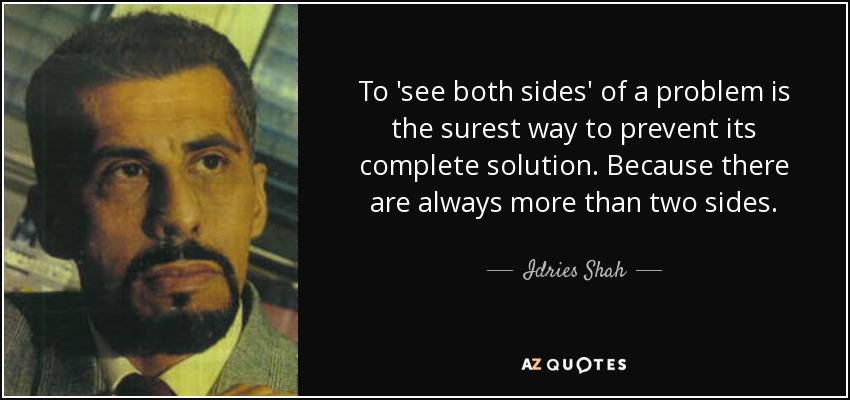While I don't think that any U.S. military bases should be named after men who were traitors (even if Grant's surrender terms offered to Lee at Appomattox arguably let at least the Army of Northern Virginia's officers off the hook, they still were, as were officials of the CSA government), I'm more agnostic on statues.
That's especially true if a statue is not to Lee or Stonewall Jackson, but to the "Confederate war heroes."
I know the history of the United Daughters of the Confederacy erecting these statues, basically in the 1910-20 period. I know the turd-polished history they were presenting. I also know, per such things as the 1913 "great reunion" at Gettysburg, rather than the Lost Cause using a bulldozer to rewrite history, many northern Whites were at least halfway willing, and halfway actively willing, to go along.
Santayana famously said that those who don't learn from history are doomed to repeat its mistakes. Maybe keeping the statues visible — albeit with modern explanatory plaques — would help.
Something on Twitter Monday night, or maybe it was Facebook, is part of this thought.
And that's that Germany did not tear down all the concentration camps inside the country. Nor did Poland tear down the true death camps. One can still go to Auschwitz today, of course.
Arguably, this alone hasn't stopped anti-Semitism, or even Holocaust denial, in Germany. It may have helped somewhat. But, Germany also has severe laws against Holocaust denial language, laws that would never fly in the U.S.
And?
Chancellor Angela Merkel's admission of Syrian refugees became the match to light the Alternative für Deutschland gasoline.
Another analogy, per this New Yorker piece, is with 1989 and the fall of Communism. Some eastern European states destroyed anything that even smacked of Leninism. Others took a more hands-off approach. So far, it's hard to argue one has done better than the other, at least where a larger educational effort wasn't applied. In much of Eastern Europe, Communism has been replaced by authoritarianism of some sort, such as in Belarus, or a drift away from democracy has started (Poland, Hungary) or gained steam (Ukraine, and of course, Russia itself). And I haven't even talked about the former Soviet Central Asia.
The museuming isn't a bad idea. That said, in many cities, racists might make a shrine, or try to, out of the now-barren spot on a courthouse lawn. Or they might demand city and county governments spend more money on the museum, put up a pro-Lost Cause sign on those lawns, etc., etc.
One might say: "But there's no statues at any of those places."
And I might respond: "The infamous 'Arbeit Macht Frei' inscription on the gates at Auschwitz is still there." Or, "Lenin's mausoleum, complete with theoretically preserved body, is still on Red Square." (That's not the best example, that one, I know, because Russia had but a limited window of semi-openness and it was largely wrecked by American capitalist grifters conspiring with Russian capitalist plunderers.)
I don't claim easy answers.
So, I refer again to old philosophy friend Idries Shah:
Some people may think him hackneyed. I don't, other than I am even more skeptical of human social psychology than him, and reject the idea of "complete solutions."
Other than the passage of time moving people beyond the desire for "complete solutions" do we get even close to that.
What is the best way, out of more than two sides, with truly moving more of America beyond this past, with making more Americans realize how deeply embedded "Lost Cause" ideas in general, and still-systemic racism in particular, are in America.
That said? More than two sides? I'm not of the position of some leftists who think issues of race almost always ultimately reduce to class, but I at least 50 percent agree with the general idea, if not more.
As far as possible ideas other than the two sides? One would be plaques on these statues that
A. Describe the UDC's history;
B. In any former CSA state, like Texas, where slavery was explicitly cited as part of the reason for secession, quoting line and verse from the secession ordinance.
Or a motion-sensor triggered audio recording that played the same. The advantage of this is, if you just place it very close to the statue or its pedestal, but don't actually attach it, you don't need Texas Historical Commission approval.

.jpg)

No comments:
Post a Comment